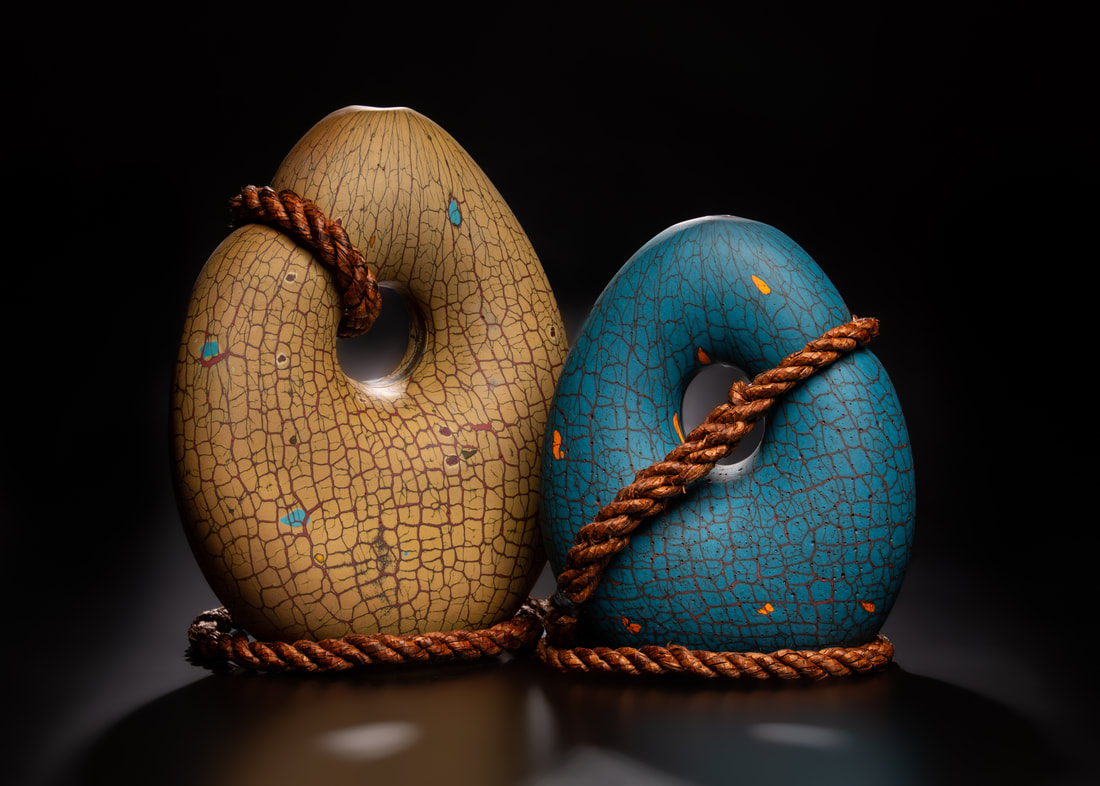Sxwo'le ( Reef Net)Reefnet fishing was traditionally done by suspending a a sxwole (woven reef net) between two canoes. The fishermen watch for the salmon to swim close to the surface, then lift the net. Artificial reefs were created to guide the fish into the net. These reefs were made from cedar bark and nettle fibers with beach grass woven in. When the fish swam in, the scoop shaped net was raised, and the fish were trapped.
Once practiced throughout the Salish Sea by its many indigenous peoples, reefnetting now exists only off Lummi Island, three of the other San Juans Islands. Legislation by the Washington State government in the 1890s effectively banned reef netting in favor of white-owned salmon traps—operated by white-owned canneries—devastating the livelihoods of Native families and almost wiping out the practice. Reefnetting has reappeared in a small but significant way, with the Lummi Nation holding their first reefnetting at Cherry Point in 2013 in modern history. Modern reefnetting is done with two floating platforms, each topped with a tall watchtower, and plenty of hands to haul up the net. Because the platforms are put in place at the beginning of the season and not moved until the end of it, almost no fossil fuels are used in its practice. Using solar power and human power, it is one of the most ecologically sound fishing practices in the world. |
Our HistoryDuring my residency at the Burke Museum, I have studied many historical personal effects of my family, the Lummi, and Coast Salish people; their baskets, carvings, and many other incredible things. Most recently in my research I have been studying the fishing artifacts, like the Reef-net anchor stones. Many of the artifacts of indigenous people return to the earth through decay. The Reef-net anchors are beautifully preserved in stone, and thousands of them lay just off shore leaving a foot print of a thriving industry of the people of the San Juan Islands.
-Dan Friday 2018 |








